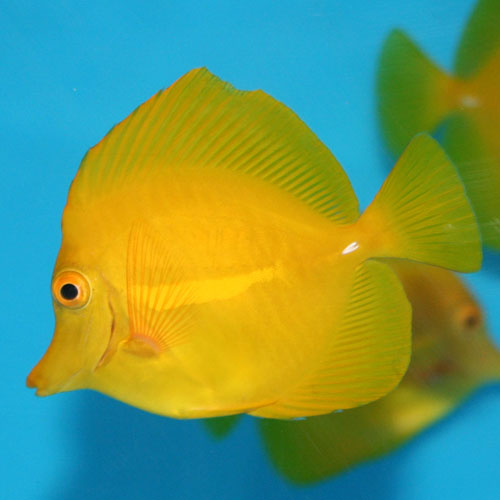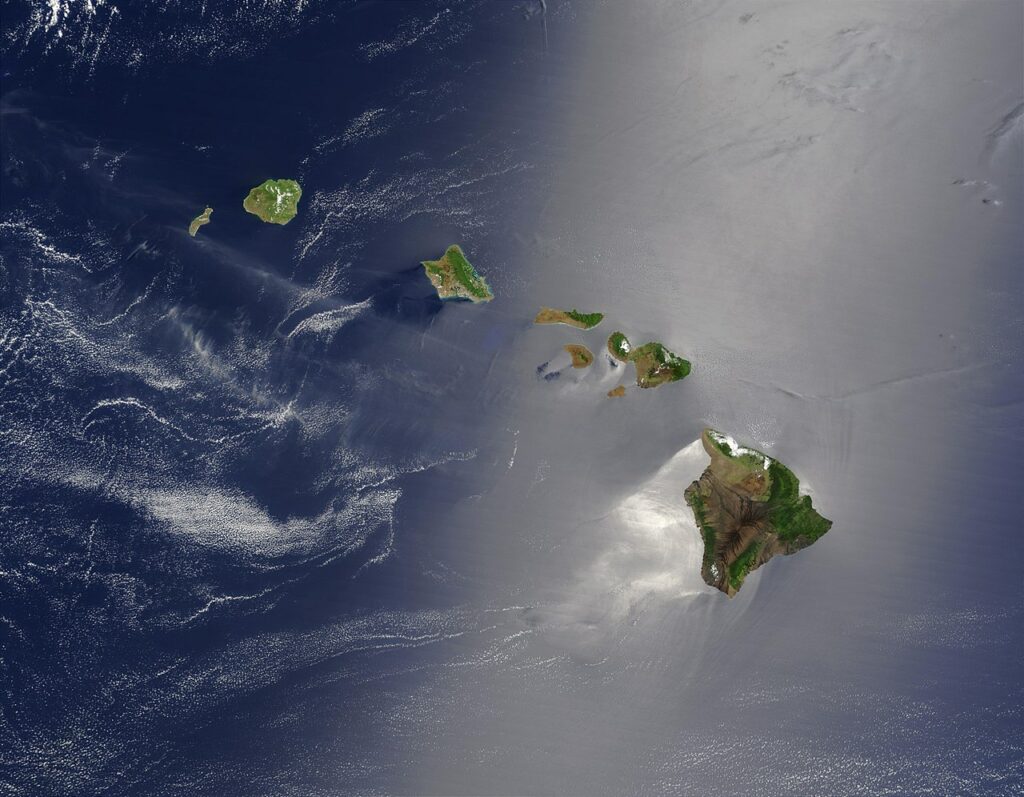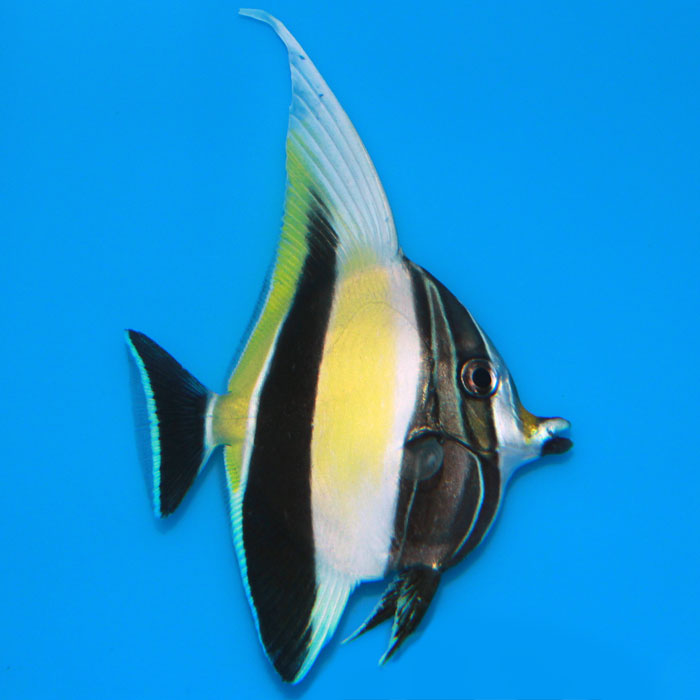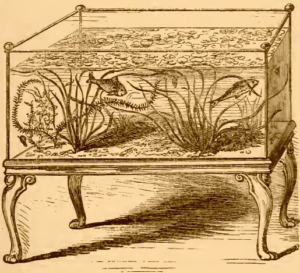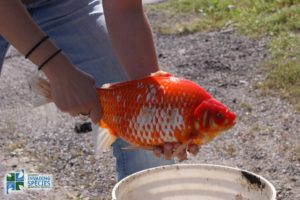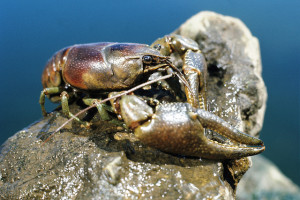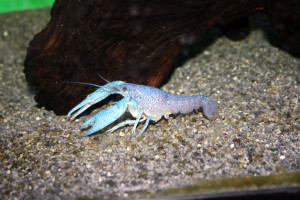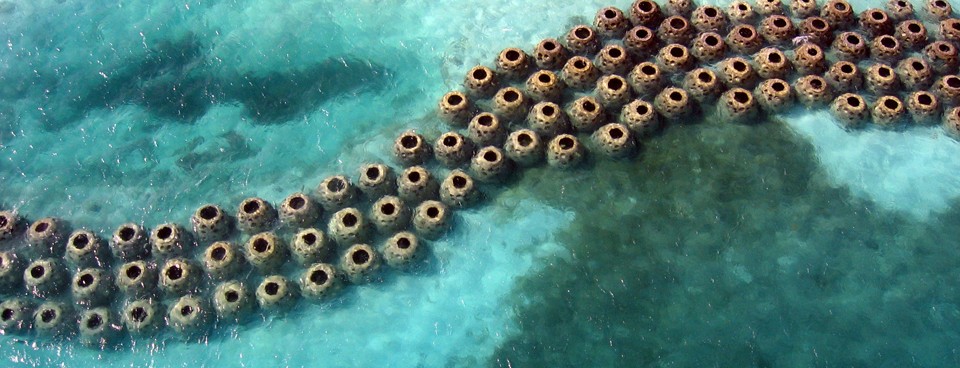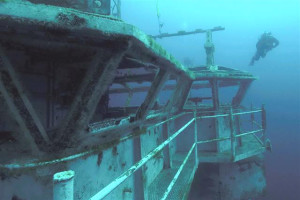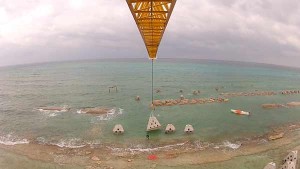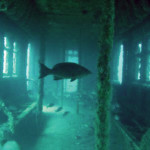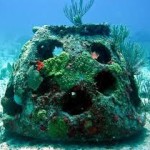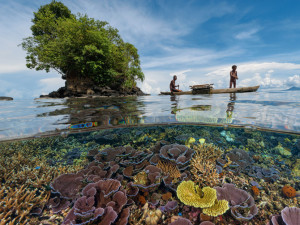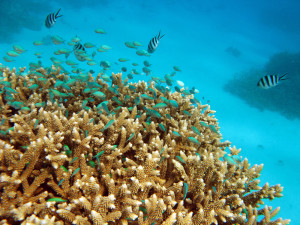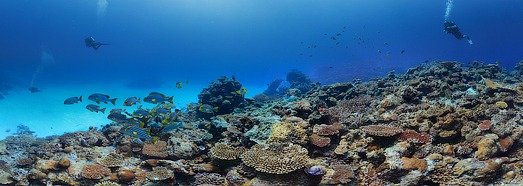The Yellow Tang has been one of the most popular and iconic saltwater aquarium fish for decades and its popularity increased even more after Disney’s “Finding Nemo” introduced us to Bubbles, the neurotic Yellow Tang kept in Dr. Sherman’s dental office at 42 Wallaby Way. However, its days as an aquarium mainstay may be over due to new legislation from Hawaii’s Department of Land and Natural Resources (DLNR) banning Hawaiian aquarium fish collection.
Some History
The waters around the Hawaiian islands are some of the most unique habitats on Earth. According to the National Oceanic and Atmospheric Administration (NOAA), an average of 21% of fish species above 100 feet deep and up to 50% of fish between 100-200 feet deep are endemic to Hawaii, meaning they are found nowhere else in the world[1]. Many other fish that are also found elsewhere may have different color variations around Hawaii or nearby islands. They face some unique challenges as tourism grows and habitats shrink, however. Overfishing and habitat loss threaten some populations and recreational activities like fishing, snorkeling, boating and others can damage reefs and their inhabitants. Naturally, such an important part of Hawaii’s economy and natural history needs protection.
As the aquarium industry grows, so does the concern about its impact on the environment. In recent history, this first began seriously intersecting with Hawaii’s preservation efforts in 2017. In September of 2017, the Hawaii Supreme Court halted the renewal of all aquarium collection permits pending an environmental review of the practices used and their impact on native populations. Prior to this ruling, collections were allowed by permit using fine mesh nets (HRS §188-31[2]). Over the following year, this statement was revised and expanded[3] but live collections continued in smaller capacities. Other activities like spearfishing did not appear to be impacted. In August 2020, the aquarium collection industry took another hit when an impact statement from a number of aquarium fish collectors and the National Pet Industry Joint Advisory Council was rejected by DLNR[4]. As of January 2021, the DLNR announced that not only were permits no longer being renewed but all existing permits were invalid and all collection was halted indefinitely pending environmental review[5].
The actual impact of aquarium fisheries on populations has long been debated and is extremely controversial for both sides. The Marine Aquarium Society of North America’s Hawaii Ban Fact Check page[6] argues many of the ban proponent’s claims. In one study cited on the page, the impact of aquarium fisheries compared to recreational fisheries and commercial food industries shows the high value and low impact compared to recreational and commercial food fisheries. It also cites a growth in the population of popular aquarium fish like Yellow Tangs and Kole Tangs in the most common collection areas despite the increase in fish being collected from these areas for the aquarium industry[7].
So…what now?
While this ban is in effect, don’t expect to see Hawaiian fish[8] like Yellow Tangs, Kole Tangs, Achilles Tangs, Potter’s Angels, Fisher’s Angels, Flame Angels, Blonde Naso Tangs and many more. We have seen the prices of these fish increasing in price and dropping in availability since the early 2010’s and those prices have tripled just between fall 2020 and January 2021. A Yellow Tang that we may have been sold for around $65-70 in October would have sold for $400 or more in January 2021, and we’ve seen some other online retailers advertise them for over $1000.
Due to their breeding and life cycles, many of these species are incredibly difficult to breed in captivity. While a few breeders are just starting to figure out some species like Yellow Tangs, we are a long way off from seeing them as commonly as easier fish like clownfish, and they are still very small and expensive when they are available.
What are some alternatives?
While these species may not be seen in our tanks anytime in the foreseeable future, there are alternatives to give you a similar look or function. These three species in particular are just the most popular fish affected by this ban. Some of these alternatives do have different size ranges, care requirements and compatibility guidelines than their inspiration so be sure to research all choices carefully.
- Yellow Tang (Zebrasoma flavescens)
- Yellow Pygmy Angel (Centropyge heraldi)
- Yellow Longnose Butterfly* (Forcipiger flavissimus)
- *This species is also found in Hawaii but is also found in other areas of the Indo-Pacific. Hawaiian fish may not be available but fish collected from other areas may be.
- Foxface and Rabbitfish (genus Siganus) – Many different species are common. Some like the Blotched Foxface (Siganus unimaculatus) have an almost all-yellow body like the Yellow Tang
- Kole Tang (Ctenochaetus strigosus)
- Moorish Idol (Zanclus canescens)
- Bannerfish (genus Heniochus) – Many different species have a similar appearance to the Moorish Idol. The Longfin Bannerfish (Heniochus acuminatus) in particular is very similar to the Moorish Idol. In fact, it was once referred to as the “Poor Man’s Moorish Idol”.
Many other species that are endemic to Hawaii will disappear from the aquarium industry for awhile, and others that are native to Hawaii but also found elsewhere may become scarce or increase in price. If you can no longer find your Dream Fish after this ban, feel free to let us know and we can help you find it or recommend some alternatives.
 That Fish Blog – Aquarium Advice and Information
That Fish Blog – Aquarium Advice and Information

